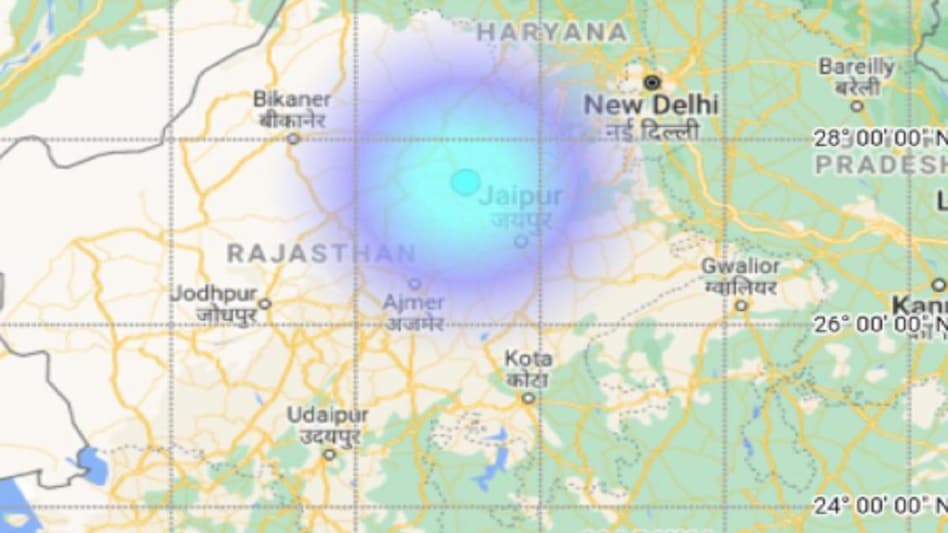Natural disasters have an uncanny way of reminding us of our vulnerability in the face of nature's fury. On yesterday, the bustling city of Jaipur, nestled in the enchanting landscapes of Rajasthan, experienced a moment of distress when an earthquake measuring 4.4 on the Richter scale struck the region. This seismic event, recorded by the National Center for Seismology, has prompted discussions on earthquake preparedness, response mechanisms, and the resilience of communities in the wake of such occurrences.
The Nature of Earthquakes
Earthquakes are geological phenomena caused by the sudden release of energy in the Earth's crust, resulting in seismic waves that propagate in all directions. Jaipur, not traditionally known for significant seismic activity, found itself at the epicenter of a moderate earthquake, surprising residents and authorities alike. Understanding the nature and occurrence of earthquakes becomes vital in developing strategies to mitigate their impact.
Assessment and Impact
In the aftermath of the earthquake, the National Center for Seismology promptly swung into action, providing vital data on the earthquake's location, magnitude, and depth. This information aids in assessing potential risks to infrastructure and communities. Thankfully, reports indicate no major casualties or severe damage in the affected area, which is a testament to the city's preparation and response measures.
Preparedness: The Key to Resilience
While the impact of this particular earthquake was relatively moderate, it underscores the importance of earthquake preparedness in all regions. As the frequency of earthquakes around the world increases, it becomes imperative for communities to develop robust response plans, invest in resilient infrastructure, and foster awareness among residents about safety measures during seismic events.
Community Resilience and Solidarity
The earthquake in Jaipur also showcased the strength of community resilience. Neighbors came together to support each other during the shaking, while emergency responders swiftly provided assistance and reassurance. Solidarity during times of crisis fosters a sense of belonging and strengthens the fabric of society.
Learning from the Experience
Every seismic event serves as a learning opportunity to improve our preparedness for future disasters. Authorities and city planners in Jaipur must carefully analyze the response to this earthquake, identifying areas for improvement and building upon existing strengths. Continuous refinement of disaster management protocols can save lives and minimize damage during future seismic events.
Raising Awareness
Disaster preparedness is a collective responsibility. Public awareness campaigns play a crucial role in educating residents about earthquake safety and the actions to take before, during, and after an earthquake. By empowering individuals with knowledge, we create a community that is better equipped to handle emergencies and protect lives.
The earthquake in Jaipur served as a poignant reminder that no region is exempt from the potential of natural disasters. As we reflect on this seismic event, let it serve as a catalyst for change and collective action. Together, we can build a more resilient and prepared society, one that faces uncertainties with strength and solidarity.


Comments
Post a Comment